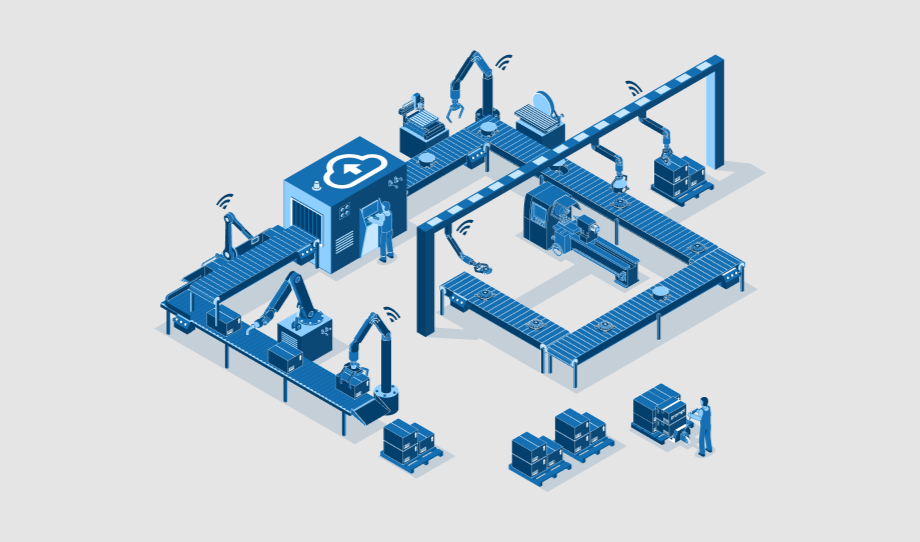How Big Data is Changing the Outlook of the Renewable Energy Sector?
The renewable energy sector is facing a significant transformation, and all credit goes to the power of…
How can Big Data be Integrated into Your Business to Improve Output?
Nowadays, information usage is soaring. This information, dubbed Big data, has expanded too large and complicated…
Why Connect Industrial Protocols with Cloud
Industrial protocols are conversations between industrial automation products for data collection or control. At the beginning…






